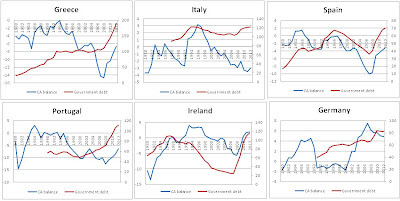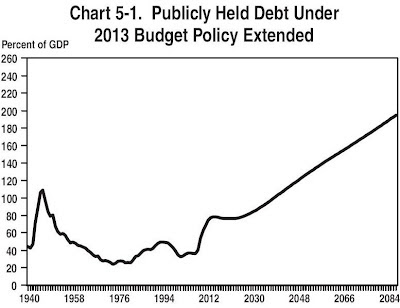Graph of the week: money multiplier

So the M1 multiplier for the US is still below 1: Source: St. Louis FED, FRED database What does this mean? Essentially it means that every dollar created by the FED (an increase in the monetary base M0) will result in a <1 dollar increase of the money supply (M1), as is evident from the figure below. So, the credit and deposit creation of commercial banks is limited in this case. The banks are still holding on to a lot of excess reserves. M0 (St.Louis adjusted, green) and M1 (red) are both on the right scale. Source: St. Louis FED, FRED database The effect of a 0<m<1 multiplier is that the monetary base is larger than the M1 money supply (remember that M1 doesn't take into account savings deposits or time deposits, which are included in the M2). This kind of a situation is obviously not good, as there is more money in the economy created by the central bank than it is created by commercial banks. One could say this is a clear exa...








